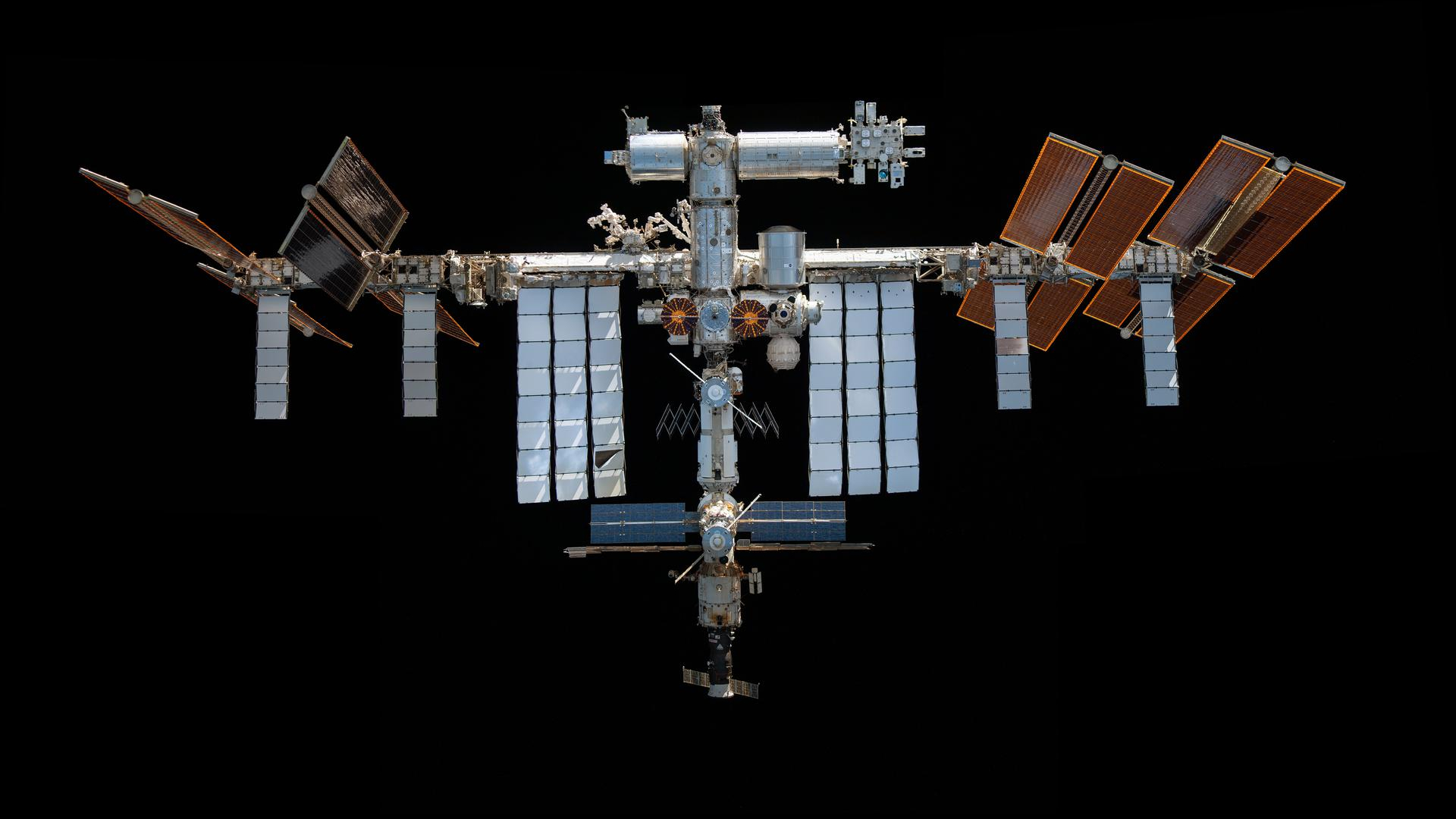The International Space Station (ISS) has been facing a long-running leak in its Russian segment since 2019, which has now been identified as a top ‘safety risk’ for astronauts. NASA and its Russian counterpart, Roscosmos, have discovered 50 ‘areas of concern’ related to this issue, which they are actively addressing. This leak, though not an immediate threat to the crew, has become a significant challenge in maintaining the ISS’s operations until its planned deorbiting in 2030. International Space Station and Roscosmos are working together to find a long-term solution to this pressing problem.

The Alarming Leak in the Russian Segment of the International Space Station
The International Space Station (ISS) has been facing a significant challenge since 2019 – a persistent leak in its Russian segment. This issue has been identified as the top ‘safety risk’ for the astronauts on board, according to a recent report from NASA’s Office of the Inspector General (OIG).
According to the report, NASA and its Russian counterpart, Roscosmos, have discovered a total of 50 ‘areas of concern’ related to this leak. The leak has been traced back to the service module transfer tunnel in Russia’s Zvezda module, which was launched in 2000. As the ISS and its components continue to age, maintaining the integrity of the station has become an increasing challenge.
The leak has been a persistent issue, with NASA officials stating that they have ‘conveyed the seriousness of the leaks multiple times, including when I was in Russia earlier this year.’ The leak has fluctuated in intensity, with a temporary increase to 2.4 pounds per day in February 2024, up from a historic low of 0.2 pounds per day. However, repair work has since reduced the high leak by roughly a third.
Addressing the Leak: NASA and Roscosmos’ Collaborative Efforts
In response to the ongoing leak, NASA and Roscosmos have been working together to address the issue. The agencies have identified four cracks in the Russian segment of the ISS, which have been covered with a combination of sealant and patches by Roscosmos.
While these repairs have been ongoing, the leaking area remains the top risk, rated at a 5 on a scale of 5, in NASA’s internal risk assessments. To mitigate the risk, NASA has requested that Roscosmos close the hatch to the affected area as much as possible, which they have agreed to do, particularly in the evenings.
NASA astronauts have also been instructed to remain on the U.S. side of the orbiting complex, in close proximity to their escape vehicles, in case an evacuation becomes necessary. However, NASA has repeatedly stressed that the leak poses no immediate threat to the astronauts’ safety or the overall operations of the ISS.
The agencies are working diligently to find a long-term solution to this problem, as the ISS is expected to remain in operation until 2030. NASA has already awarded a contract to SpaceX to build a large Dragon-type spacecraft to eventually remove the ISS from orbit, but the schedule, costs, and risks associated with this plan are still being evaluated by the OIG.
Despite the challenges, NASA and Roscosmos remain committed to maintaining the International Space Station and ensuring the safety of the astronauts on board. The ongoing collaboration between the two agencies is crucial in addressing this critical issue and ensuring the continued success of the ISS mission.
The Impact of the Leak on the ISS and Future Space Exploration
The persistent leak in the Russian segment of the International Space Station is not only a concern for the safety of the current astronauts, but it also has broader implications for the future of space exploration.
The ISS is a critical platform for research and development in areas such as microgravity science, space technology, and astrobiology. Its continued operation until 2030 is essential for NASA’s staffing needs and the development of commercial low Earth orbit research capabilities.
However, the leak and other aging-related issues pose significant challenges to maintaining the ISS in the long term. NASA’s OIG is tracking several other risks, ranging from a sudden micrometeoroid strike to supply chain issues, that could potentially imperil the station’s operations.
As the ISS nears the end of its lifespan, the successful transition to a new generation of commercial space stations will be crucial for the continuation of low Earth orbit research and exploration. The lessons learned from the ISS, including the challenges posed by the persistent leak, will undoubtedly inform the design, development, and operations of these future space platforms, ensuring that they are better equipped to handle the rigors of long-term space habitation.
